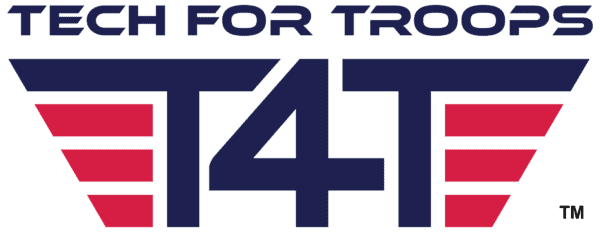Objective:
By the end of this post, you should know what a budget is, how it’s used, and how to make a basic version.
What should veterans know about budgeting?
We need to define budgeting. There are two parts to budgeting.
1. Let’s not spend more than what we make.
2. What to do with your money when it comes in.
Let’s not spend more than what we make, that’s pretty straightforward. If you’re making 5k a month, let’s not spend 8k.
What to do with the money when it comes it. I tell my clients all the time, pay yourself first. Treat yourself as the most important bill that you have. Yes, you have a car payment or a house payment, but you need to be taking care of YOU.
Whether it’s a percentage or a fixed amount, put it aside for you and then use the rest for your household budget.
What should be included on a budget?
You want to list out all fixed expenses and try to estimate your variable expenses.
A fixed expense is anything you can look back and KNOW with certainty what that’s going to be to the $10th dollar. House, car, utilities, cell phone, internet, cable TV. Anything you know what it’s going to be.
A variable expense are things that vary by time of year, life, expectations. These include gas, groceries, eating out, going to the movies, shopping, on and on. The cost changes from month to month.
You always want to overestimate your expenses and underestimate what’s coming in.
EXAMPLE
Fixed Expenses
- Rent/Mortgage – $1200
- Car Payment – $250
- Car Insurance – $150
Variable Expenses
- Gas – $30 per week, or an estimated $120 per month
- Electric – Estimated $150 for the month
- Groceries – $60 /week or $240 / month
Total Monthly Expenses: $2,110
Monthly Income: $3,000
Income – Monthly expenses = Net
$3,000 – $2,110 = $890 for savings
Then when you look at what you have left after you take away your expenses from your income, if you don’t like what you see, one of two things need to happen. Either you need to make more or spend less.
For example looking at need/want. Doing a self assessment, do I “Need” this item or do I “Want” this item.
What’s the best way to get started?
Step one:
Look at your bank statements. Review the statement and ask, “Where am I spending my money?”
Step Two:
Actually list out where you spend your money and how much.
Step Three:
Label out the fixed expenses and variable expenses.
Step Four:
Label out need vs. want
Step Five:
Add your deposits together, and add what’s going out. Subtract from your total deposits your total expenses.
Congratulations this is your basic budget!!
Bonus Step: If you want that end number to be bigger, ask yourself what of your wants/needs you can cut to retain that money.
Here are some templates and resources to make this easier
YouTube and Google “Budgeting Videos”
Here’s a quick YouTube search to help you get started.
This interview and information came from Michael Todd of OnPoint Financial Management. For more information or to reach out, please follow this link to find him on LinkedIN.
